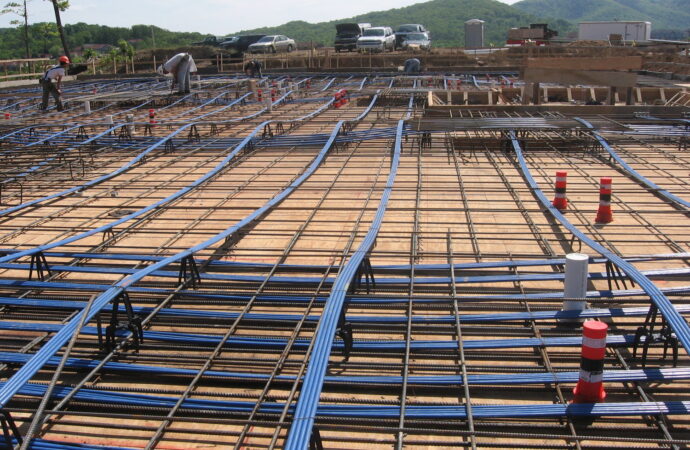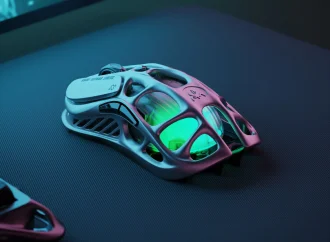What is Post-Tensioning? Concrete construction suffers the impact of various weather conditions. Although, they are designed with the idea to sustain dynamic conditions and keep the strength of the structure intact. However, sometimes in sustaining those high-speed winds and rainy seasons, the building has to suffer from some damages such as post formed holes which reduces the strength of
What is Post-Tensioning?
Concrete construction suffers the impact of various weather conditions. Although, they are designed with the idea to sustain dynamic conditions and keep the strength of the structure intact. However, sometimes in sustaining those high-speed winds and rainy seasons, the building has to suffer from some damages such as post formed holes which reduces the strength of the building.
Therefore to mitigate the damage, post-tensioned concrete construction is used to strengthen the concrete structure to achieve comparable performance with that of the original structure. In post-tensioned construction, high strength steel tendons are placed in ducts. These cables inside the ducts are called post-tensioned tendons. The concretes then poured into these ducts. Once the concrete settles, tension is applied on the tendon fully grouted by pulling them and anchoring them against the concrete structure before the actual load transfer happens.
Flaw in Post-Tensioning
Post-tensioned concrete construction is being extensively used on the modern structure because it is cost-effective, environment friendly and involves fewer materials. However, there can be a defect in the ducts of the
Applications of Post-Tensioning Construction
Post-tensioned concrete construction is being extensively used in bridges, buildings, massive stadiums, nuclear containment vessels, different types of tanks, gravity bases for oil rigs and wind turbines and art structures worldwide. Moreover, with time the application of the post-tensioning method will become more prominent.
Tendon Truncations
In post-tensioned slabs, when an inspection of the existing tendons is done by concrete removal from a section of the slab, the vacant hole created cannot be filled with concrete again. In that epoxy-based tendon truncations, liquid or material is used to fill the hole. Generally, this is required when the existing tendons undergo truncations. The reduction in the length of tendons can be due to some damages in the current anchorages.
Process of Tendon Trunctions
When a section of the concrete structure is found to be stressed out.Initially, the tendon grouting or, in layman terms, the concrete around the stressed tendons removed, and this process requires a lot of precision and concentration as even the slightest of mistakes can damage the whole structure.
Once the defect is solved, the process of tendon truncations begins. First, a marking is drawn around the hole. Any concrete present around the tendon is approximately removed to a depth of 10mm. Moreover, once the tendon depth is reached, the excessive concrete around the tendon is removed with the help of tools, the tendons are cleaned, sleeve grout is removed, and steel strands are treated. After all the cleaning up and treatment of the tendon, the epoxy truncation chemical is poured slowly into the section. The tendon truncation is completed when the epoxy material is settled.


















Leave a Comment
Your email address will not be published. Required fields are marked with *